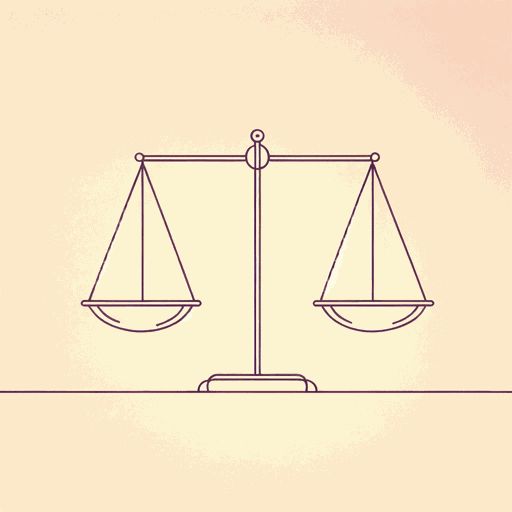50 pages • 1 hour read
John RawlsJustice as Fairness: A Restatement
Nonfiction | Book | Adult | Published in 2001A modern alternative to SparkNotes and CliffsNotes, SuperSummary offers high-quality Study Guides with detailed chapter summaries and analysis of major themes, characters, and more.
Part 3Chapter Summaries & Analyses
Part 3: “The Argument from the Original Position”
Part 3, Section 23 Summary and Analysis: “The Original Position: The Setup”
The original position provides the ultimate foundation for the principles of justice described in the previous section. It presents a model of citizens as free and equal persons, designing a fair basic structure for society under conditions that are themselves as fair as possible. Rawls reiterates that neither the original position nor the kind of basic structure to come out of it is achievable in practice. It is an explicitly idealized condition establishing a standard by which to evaluate actual practice. It puts unrealistic restrictions on a person’s capacity for rationality, which defines an interest and calculates the best way to advance it, in order to maximize their reasonability, their willingness to work with others in line with commonly agreed principles. Its participants are “characters who have a part in a play” (83). According to this analogy, they must deliver the result the director expects of them. Rawls must design a scenario that leads his “characters” to a basic structure rooted in the concept of justice as fairness, without inhibiting them from reaching that conclusion on their own. For example, he cannot simply imagine a group of reasonable people locked in a room together until they come up with a basic structure.
Related Titles
By John Rawls



